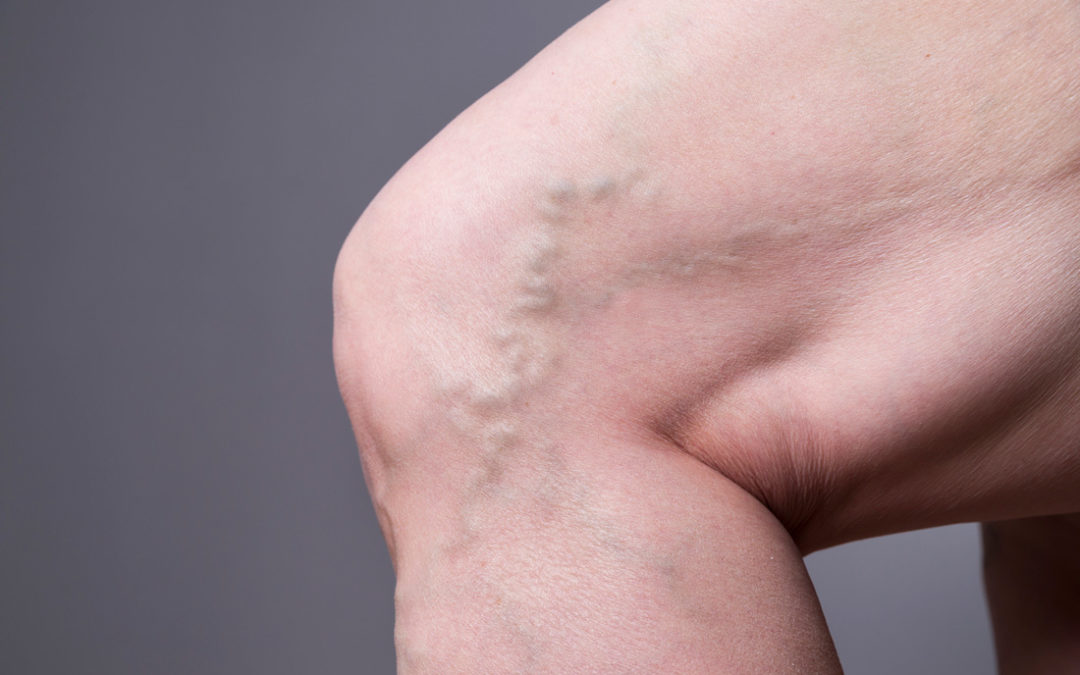Numerous vascular conditions can cause complications and be life-threatening, but one of the most pressing issues related to veins is deep vein thrombosis or DVT. Up ahead, we’ll take a look at what exactly this condition is and what the warning signs and treatments are if you think you may be experiencing DVT.
What Is DVT?
DVT or deep vein thrombosis usually affects the veins deep within the legs, but it can sometimes happen in other veins like those in the arms. Essentially, if someone has DVT, it means they have a blood clot.
Complications of DVT
A blood clot caused by DVT may not cause many symptoms or problems for an extended period of time, but later, complications can be serious and even life-threatening. Notably, some patients who have deep vein thrombosis may end up with a pulmonary embolism or PE.
A pulmonary embolism occurs when the original blood clot gets dislodged from its location and moves within the body to the lungs. If it gets lodged in a pulmonary artery (an artery in the lungs), this can cause symptoms that need immediate emergency medical attention.
Other complications of DVT include post-thrombotic syndrome and chronic venous insufficiency. Fortunately, there are treatments available for all of these conditions.
DVT Risk Factors
There are several key risk factors associated with DVT. These include:
- Having had blood clots before
- Having a close family member (such as a mother, father, or sibling) who has had blood clots in the past
- Being over the age of 40
- Being a woman who is pregnant
- Being a woman who has recently given birth
- Being on birth control
- Being sedentary for a long period of time
Why DVT Leads to Pulmonary Embolisms
Having a blood clot deep within a vein causes several key changes that may lead to a pulmonary embolism. First of all, when there is a clot in a vein, the blood does not move as smoothly or quickly. In this way, new blood clots are more likely to form. Additionally, the original or any additional blood clots may become dislodged. This can move them throughout your body, and if they end up at your lungs, this can lead to a pulmonary embolism.
Diagnosing DVT & PE
If you think you may have DVT or a PE, consider your symptoms. The symptoms of DVT include pain, warmth, hardness, swelling, and redness in the affected area — again, usually the lower leg. The symptoms of a PE are far more drastic. These symptoms include shortness of breath, an overall feeling of dizziness and anxiety, pain in the chest, heart palpitations or an irregular heartbeat, sweating, coughing, and low blood pressure.
For symptoms of a PE, seek medical attention right away, and do not wait. You should call 911 immediately. For symptoms of DVT, make an appointment with a vein specialist as soon as possible. They will be able to perform imaging and/or blood tests to see if a blood clot is present.
Schulman Vein’s Exceptional Vein Doctor in Long Island
It is critical to seek medical attention for deep vein thrombosis and other related vein conditions. Schulman Vein and Laser Center can help.
Meet Our Vein Physicians in Long Island, NY
Dr. Martin L. Schulman M.D. and Dr. Lee G. Schulman M.D. have over 55 years of combined experience in spider vein and varicose vein treatment as well as other vascular conditions in Long Island, New York. If you are struggling with a vein condition or have questions about deep vein thrombosis or pulmonary embolisms, schedule an appointment today.

